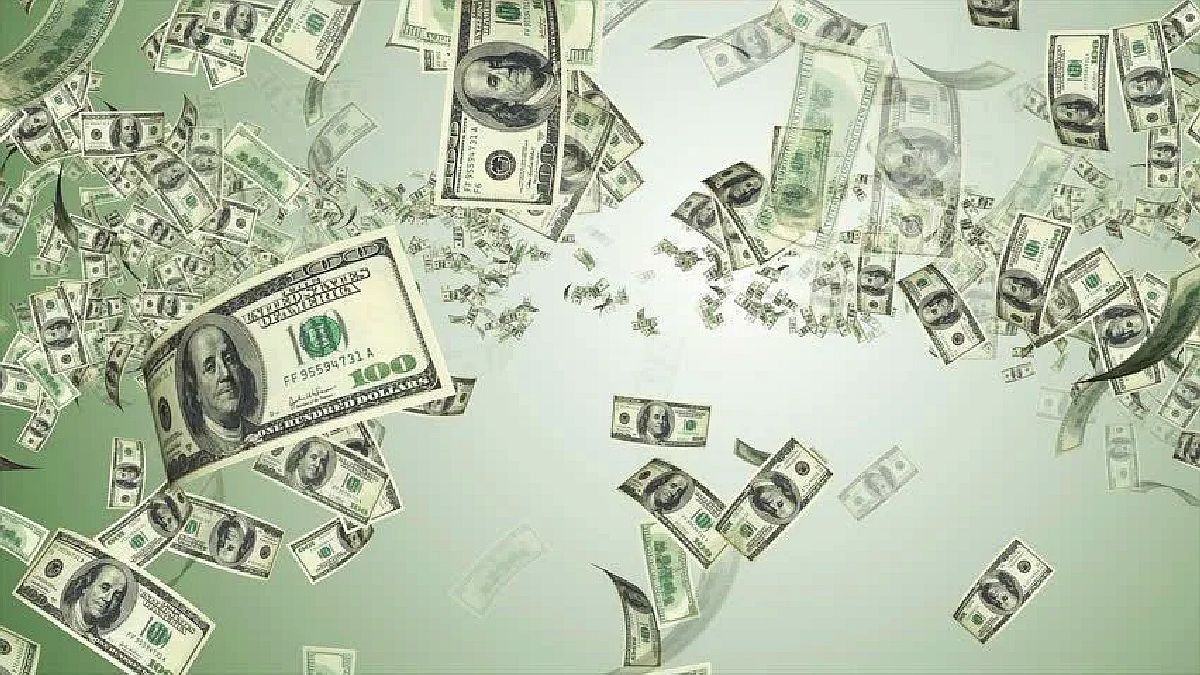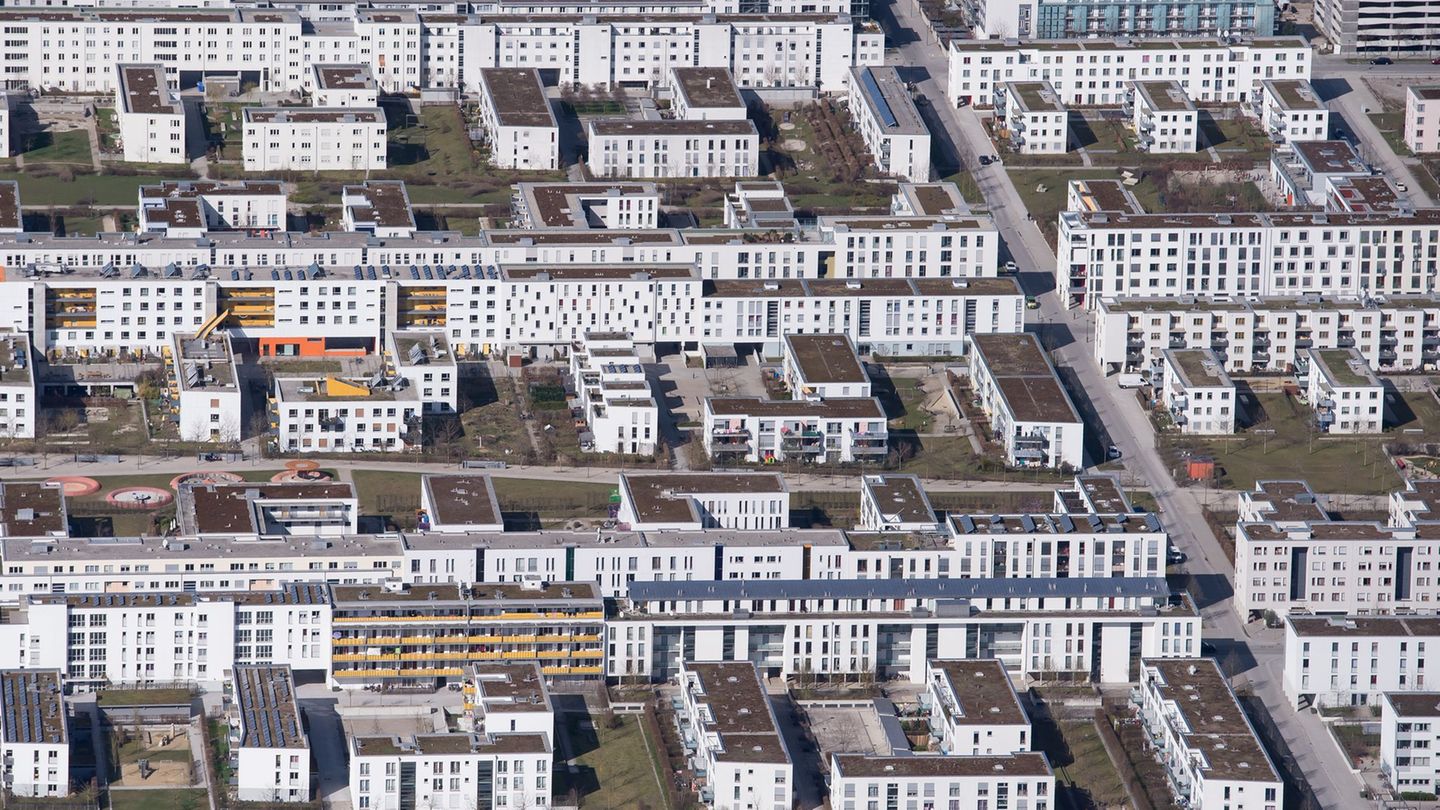In the first eight days of January, the BCRA managed to accumulate a positive balance of US$200 million through its intervention in the wholesale foreign exchange market. However, reserves fell by more than US$300 million in that period, mainly due to debt payments.
This scenario got worse in the last three days since the entity led by Miguel Pesce had to sell US$140 million to make up for the decline in foreign exchange earnings from the wheat harvest, in a context of high levels of imports.
“In a scenario that replicates the end of last year, the level of imports is maintained and the income of the agro-export sector falls a little, forcing renewed official sales to meet the demand for foreign currency. The balance for January remains positive until today shortly more than US$60 million, a record that could worsen in the next week,” warned the operator Gustavo Quintana.
In this context, net reserves, which are those that do not have a counterparty liability (that is, they exclude contributions from international organizations, swaps with China, etc.), are around US$2,000 million. The figure is worrying, taking into account that in March maturities with the IMF alone were close to US$3,000 million (in the year they amounted to US$19,000 million).
Dollar accelerates devaluation
The The dollar today rose four cents this Thursday, January 20, 2022 at $109.71, -without taxes-, according to the average in the main banks of the financial system. In turn, the retail value of the currency at Banco Nación ended at $109.
The The Central Bank sold foreign currency again and accumulated a net loss of US$140 million in the last two rounds, although it continues to show a favorable result in the month. This Thursday, disbursed US$30 million in a scenario that maintains a high level of imports and a slight drop in the income of exporters.
The savings dollar or solidarity dollar -which includes 30% of the COUNTRY tax, and 35% on account of the Income Tax- advanced six cents to $181.02. In this way, it is located about $34 from the blue.
wholesale dollar
In the wholesale segment, the dollar increased seven cents to $104.31, under the constant regulation of the BCRA. With only one round left to finish this week, the wholesale exchange rate exhibits a rise of 47 cents, still somewhat below the total adjustment of the previous week.
The lows were recorded at $104.30 shortly after trading began, a level that remained with very little variation during almost the entire development of the day. Private supply and genuine demand alternated in the domain of the session, always in a scenario of low amount of operations. The highs were recorded late in the day at $104.32, a level that could not be sustained at the close of trading today.
“In a scenario that replicates the end of last year, the level of imports is maintained and the income of the agro-export sector falls a bit, forcing renewed official sales to meet the demand for foreign exchange,” said analyst Gustavo Ber. He added that: “January’s balance remains positive until today at just over US$60 million, a record that may worsen in the coming week.”
CCL dollar
The dollar “counted with liquid” (CCL), operated with the AL30 -the most liquid bond in the domestic market-, rose 0.7% ($1.47) and ended at $217.86. Likewise, the prices evaluated through other financial assets (such as the GD30 bond, ADRs or Cedears), advanced with more emphasis and were between $220 and $222. Thus, the gaps with respect to the official exchange rate are around 110%.
MEP dollar
For its part, the MEP (via AL30) increased by 2.8% ($5.74) to $212.32, an unprecedented nominal value so far. The spread with the wholesaler rose to 103.5%, a record in almost two months.
blue dollar
The blue dollar does not stop its upward climb and this Thursday, January 20, 2022 climbs $1 to the unprecedented $214, according to a survey by Ámbito in the Black Market of Currencies.
In this way, the parallel dollar accumulates an increase of $8 from its monthly minimum, recorded last Monday, January 3.
Thus, the gap with the wholesale exchange rate, which is regulated by the Central Bank (BCRA), stands at 105.1%, a maximum of two months.
More news about the Blue Dollar and the Dollar
Dollar: how far behind is the real exchange rate?
How much should the blue dollar be worth according to analysts?
Dollar: they warn that the wholesaler is behind and impacts exports
The dollar and the 2 exchange adjustment alternatives: sharp jump or monthly correction?
In recent months, Argentines preferred the savings dollar over the blue
How much will the dollar rise in 2022, according to the market
Source From: Ambito
David William is a talented author who has made a name for himself in the world of writing. He is a professional author who writes on a wide range of topics, from general interest to opinion news. David is currently working as a writer at 24 hours worlds where he brings his unique perspective and in-depth research to his articles, making them both informative and engaging.




